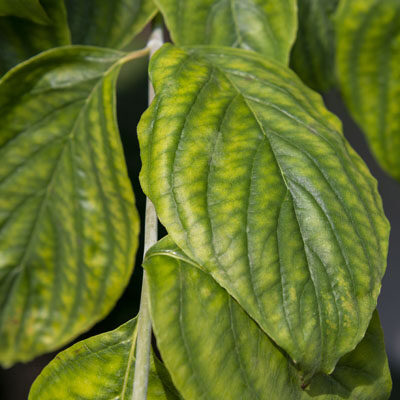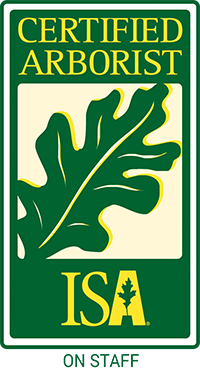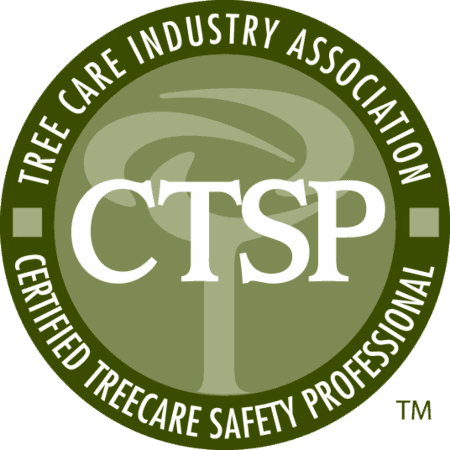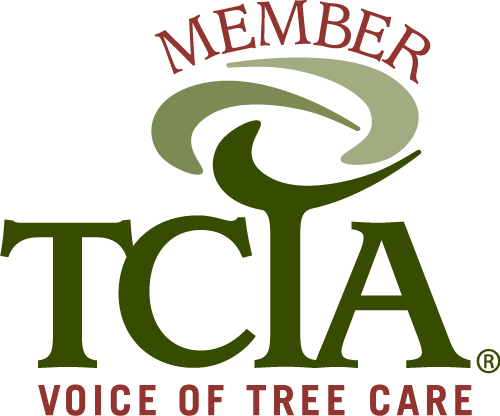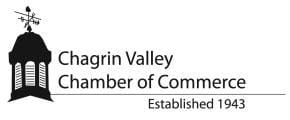Fertilization & Soil Improvement
Most trees in urban and suburban environments benefit from judicious use of organic fertilizers applied correctly and at the right time.
Call us today at 440-564-1374!
Why Fertilize Your Trees?
Proper fertilization of your trees and shrubs can greatly improve their health and vitality. Studies have shown that with the right fertilization, plants and trees are more resistant to disease and insects.
Here are some common signs that your trees or shrubs need to be fertilized:
Request a Free Quote
Give us a call at 440-564-1374 or click below to set up a time for us to inspect your trees and soil for a free estimate.

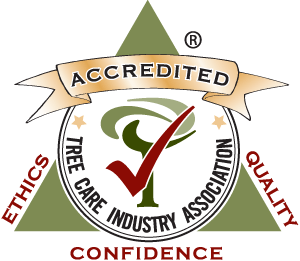
What to Know about Tree & Shrub Fertilization
What is Fertilizer?
Fertilizer isn't "food" - plants produce their own food in the form of sugars through photosynthesis.
Instead, fertilizer supplies the minerals or nutrients plants need for photosynthesis. When minerals are lacking or absent in the soil, fertilizer can be added to improve the plant's growing conditions and provide the ingredients needed for continued growth.
Choosing the Right Fertilizer
Fertilizing your trees isn't as simple as buying a bag of "balanced fertilizer" from the store and dumping it on the ground around the tree. In fact, you can do more harm than good with this method.
Why?
Because you don't know what nutrients your tree really needs, and which it doesn't.
In the end, it's all about the soil - your trees are only as healthy as the soil they're growing in.
The Most Effective Way to Fertilize Trees
To get the nutrients to the tree in the most efficient and effective way possible, we use a special tool to inject the fertilizer right into the soil around your trees. From there, tree roots can quickly absorb what they need.
This special technique, called deep root fertilization, can only be performed by trained professionals.
When to Fertilize Trees
Spring and fall are the best times to fertilize your trees and landscape. This ensures plants have enough nutrients available to them throughout the growing season and helps as they head into winter dormancy.
We can't fertilize trees when the ground is frozen so the last call for fall fertilization is October 31, and we generally start spring fertilization in March or April (book early!).
Keeping Roots Healthy to Keep Trees Healthy
Root Therapy
When a tree isn't healthy but there's no obvious sign of damage, disease, or pest infestation, it often indicates a problem with the tree roots.
By using an airspade to blow soil away from the root zone (without damaging the roots), we're able to see what's going on underground and fix the problem.
Common problems include:
Tree Growth Regulator Treatments
This non-toxic liquid soil drench can be applied any time the groud is not frozen.
A single application can last three years or longer.
Most tree growth regulators (TGRs) are either hormones that regulate plant growth and development or compounds that inhibit the production of naturally occurring plant hormones.
Growth regulator treatments encourage the tree to produce a larger number of fine roots so it can take up more moisture from the surrounding soil. Trees also produce smaller leaves with higher chlorophyll content that are more efficient at photosynthesis. This makes the tree healthier while also reducing canopy size to minimize the risk of storm damage.
Common reasons to use a tree growth regulator include:
Call us at 440-564-1374
If you notice leaves dropping earlier than usual, yellowing leaves, or the tree canopy looking a little "thin," give us a call!
We'll do a thorough soil test to see what the tree needs and then give it the "boost" it needs for added vigor and health.
